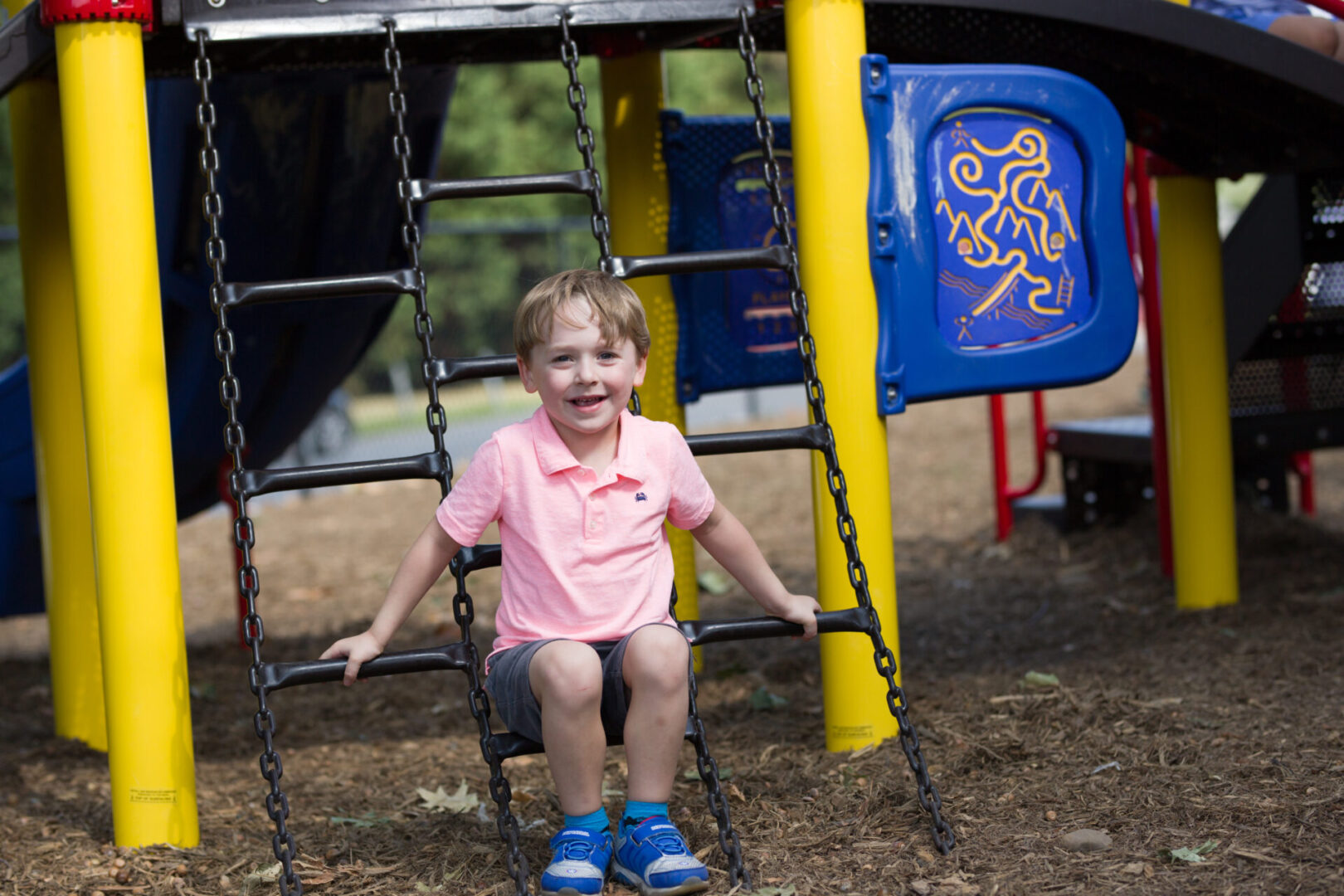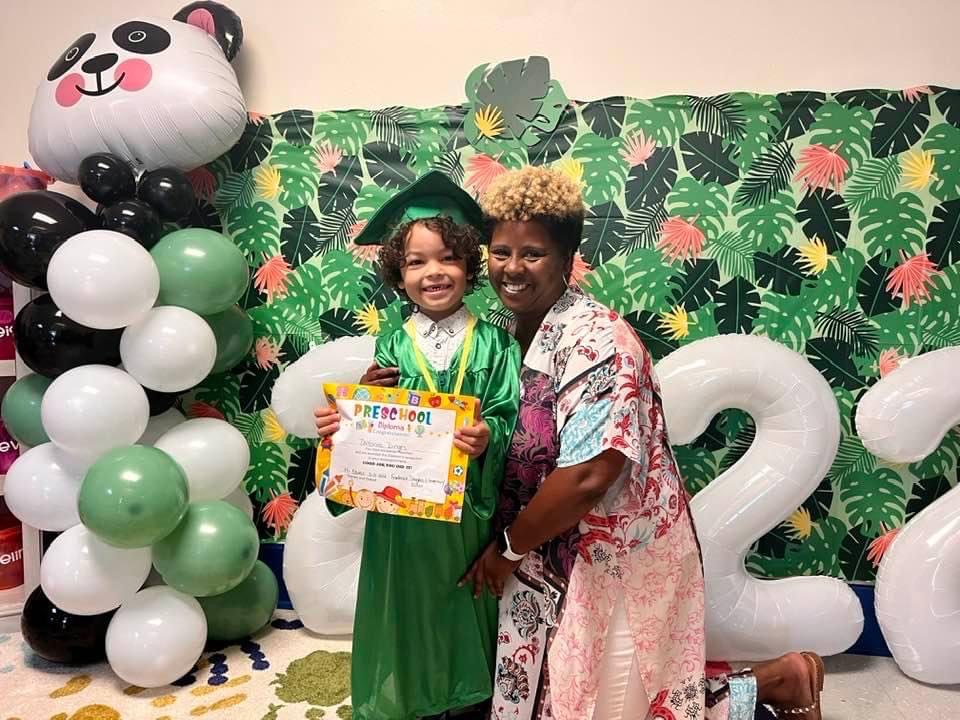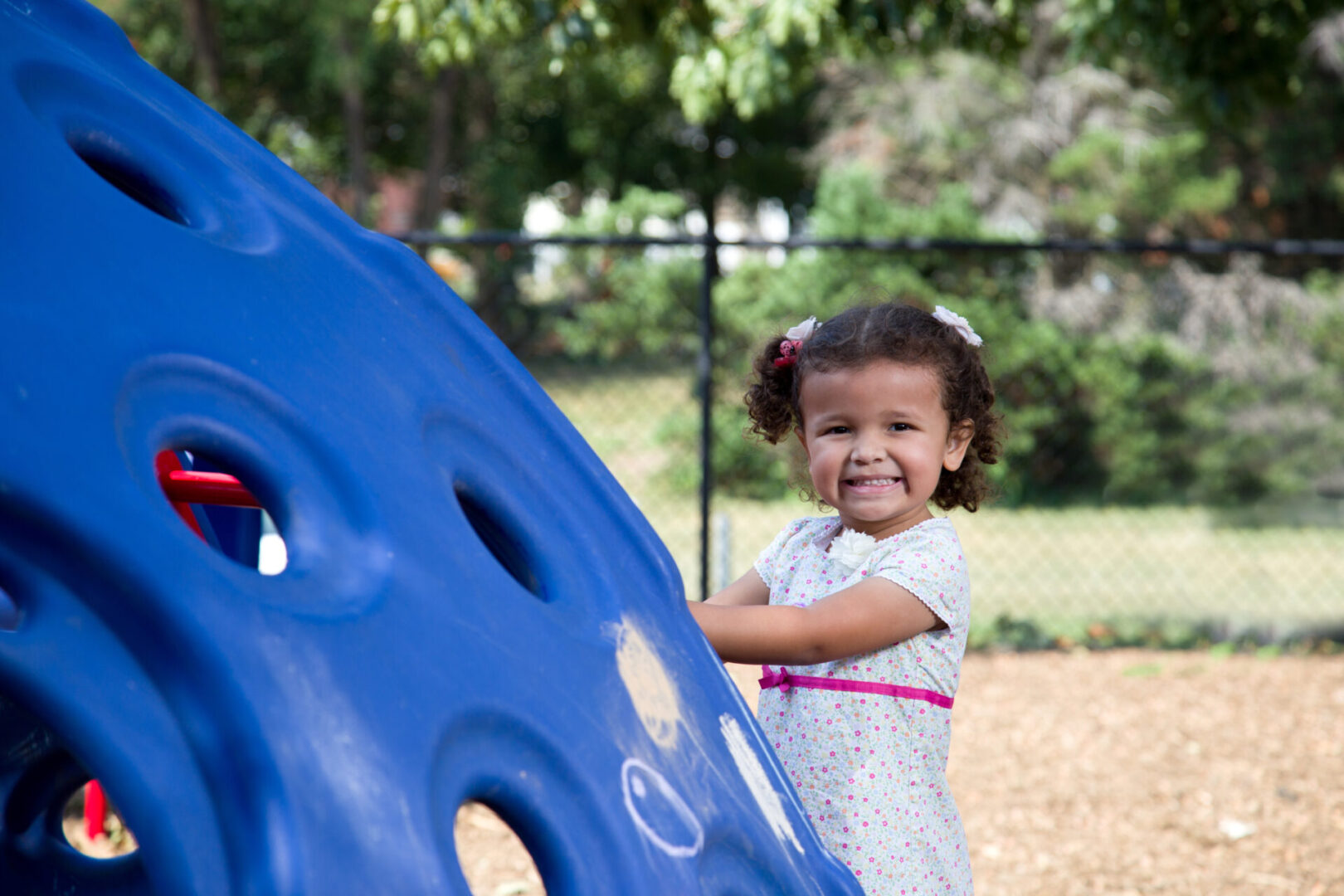Implementing a Pilot Pre-Kindergarten 3 Program in Partnership with Winchester Public Schools
- Looks to address early childhood achievement and opportunity gaps by providing an additional year of high-quality, structured prekindergarten, targeting low-income 3-year olds
- Will provide 2-years of funding to cover the cost of the primary instructor
- Classroom will be at John Kerr Elementary School
- Target population will be WPS families with income ranging from 185-300% of the Federal Poverty Level guidelines
- Theory of change: These students going through the Pre-K3 program will have two full years of quality pre-kindergarten and thus should demonstrate a higher level of readiness upon entering kindergarten



Measures of Performance
For more information, please see Data Analysis section at the bottom of the page
End of Program
Data Analysis
1. Goal: To increase access to quality early learning opportunities for economically disadvantaged children.
2. The Winchester Public School Pre-Kindergarten3 (Pre-K3) program was a pilot program designed to offer pre-kindergarten to 3-year-old children in the city of Winchester, modeled off of the 4-year-old VPI Pre-K4 program.
3. Intent: We believe we can improve kindergarten readiness by offering two full years of pre-kindergarten for up to 18 students per year. We also looked to assess, at the end of the grant cycle, if this Pre-K3 cohort completed Pre-K4 with noted levels of increased capacity as compared to students that did not go through the Pre-K3 program, with assessments in social-emotional and academic performance using the Commonwealth of Virginia’s Virginia Kindergarten Readiness Program (VKRP) to evaluate growth.
4. Our sustainability goal is centered on using this data to demonstrate that two full years of pre-kindergarten does make a difference, as seen through improved readiness scores. With that data, we hoped WPS will see its value and advocate to the School Board for long-term funding of this classroom, and perhaps even increase the number of Pre-K3 classrooms within the public school system over time.
5. Second, end-of-year and end-of-pilot results:
- The classroom ended the year with 17 students. While the program was one student short at the end of the spring of 2024, WPS consistently kept a full class of 18 students over the two years, thus earning a “green” health score. The program also received more applicants each year than slots available, further demonstrating the perceived parent value and interest in the program.
- We saw significant growth in our 3-year-old classroom during its first year, whereby the children scored 10% ready in the fall of 2022 and ended the year 33% meeting benchmarks in the spring 2023. The second year cohort also saw growth over the year from fall to spring, although not as high as the first year’s class (14% met benchmarks in the fall of 2023 and 18% met benchmarks in the spring of 2024), earning a “yellow” health score.
6. We did observe that 72% of PreK4 students that also attended PreK3 the year before achieved benchmarks on the spring 2024 VKRP assessment, versus 46% that attended WPS PreK4 but not WPS PreK3. This reflects 57% more students were assessed “ready to enter kindergarten” if they attended two years of public school pre-kindergarten.
7. Lastly, the sustainability plan was met as the WPS School Board agreed to continue the PreK3 classroom using public dollars after the J2W grant ended. There will be a PreK3 classroom, funded by City Council, starting in the fall of 2024. This will provide, in perpetuity, 18 slots for children in need to attend PreK at the age of 3, affording these families no-cost pre-kindergarten for two years leading up to kindergarten. Based on data collected within this program and nationally, every cohort of students receiving two years of pre-kindergarten is more likely to be ready for kindergarten and thus be more on track to meet benchmarks throughout their public school educational pathway.

